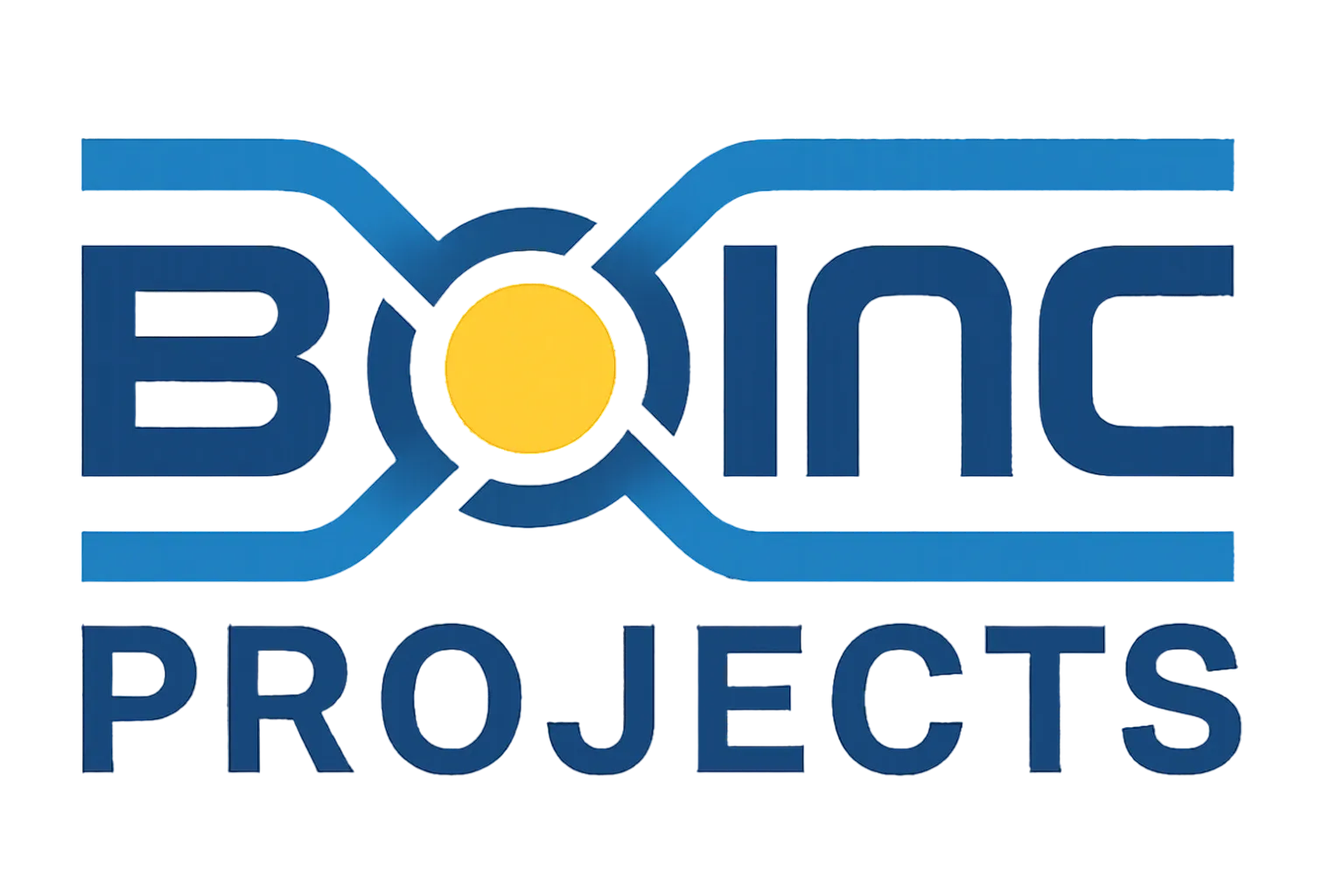DENIS@home

DENIS@home is a BOINC based volunteer distributed computing project that needs your help to investigate cardiovascular diseases (CVDs).
Why DENIS@home?
More than 17 million people die each year of cardiovascular diseases. That represents 31% of all global deaths, making these diseases the leading cause of death worldwide.
Goal
The five pillars of DENIS@home are:
* Distributed computing
* Electrophysiological models
* Networking collaboration
* In silico research
* Sharing knowledge
Distributed computing
DENIS uses volunteer devices to compute large amounts of cardiac electrophysiological simulations. DENIS uses the idle time on your computer (Windows , Linux or Mac) to simulate the electrical activity of the heart.
DENIS works over the Berkeley Open Infrastructure for Network Computing (BOINC). BOINC is an open source middleware system developed at the University of Berkeley.
Electrophysiological models
DENIS has been created to help researchers to compute very large groups of cardiac electrophysiological model variations. Cardiac electrophysiological models are mathematical representations of the electrical activity of the cardiac cells.
Models used in DENIS are described using the CellML language to facilitate other researchers to include their models in DENIS. CellML is an open standard based on the XML markup language. CellML is being developed by the Auckland Bioengineering Institute at the University of Auckland and affiliated research groups.
Networking collaboration
DENIS connects volunteers with researchers to help them in their projects. No matter where you are. No matter where the project is. We want to connect you. We don't only want to connect researchers and volunteers. We also want to connect researchers and help them to collaborate. We are currently working on it. Stay tuned, we will keep you informed.
In silico research
We could have asked you to use your heart, but we believe it is easier for you to give as your computer for a while. In Silico simulations of the electrical activity of the heart have become an indispensable technique to increase our knowledge of the heart behavior under normal or pathological conditions. DENIS wants to be a powerful tool for cardiology research.
Sharing knowledge
DENIS works because the volunteers share their computational capacity with us. For this reason, all the researchers that use DENIS must share their results and all the people must be able to know what is running in its computer: All the results obtained using DENIS must be published. All the models used in DENIS must be shared once the project has finished.
Methods
With a simple check of a box, DENIS@home volunteers have a choice to run one or more of these applications:
* Beta of DENIS-myocyte (DENIS_Myocyte_Beta): Beta version of the simulator used for all DENIS@home applications. Every modification of the simulator is tested under this application.
* New human ventricular cell model (NHuVe): Development of a new version of the model proposed by Carro et. al (2011).
* Human ventricular cell models optimization (HuVeMOp): Optimization of the public and most used human ventricular cell models for the representation of electrophysiological markers.
Electrophysiological models are a powerful tool to study the electrical activity of cardiac cells under normal or pathological conditions and can also help predict the effects of drugs in the heart. Because these models are complex, it's necessary to simulate them many times (varying the conditions or model parameters). For this reason, researchers in this field usually require high computational power and BOINC is the perfect solution to distribute the work to volunteer computers and achieve that high computational power.
All the programs developed for the DENIS project are under the Apache License V2 and are available in our Bitbucket repository.
Project team / Sponsors
The members of the research group participating in this project are: Jesús Carro. Violeta Monasterio. Alejandro Alcaine. Marta Gómez.
DENIS@home is developed and maintained by the CoMBA research group at Universidad San Jorge.
Scientific results
https://denis.usj.es/denisathome/publications.php
Scientific publications
Research results from DENIS@home
# J. Carro (2019). New Methodologies for the Development and Validation of Electrophysiological Models. PhD Thesis (2019).
# J. Carro, J.F. Rodríguez-Matas, E. Pueyo (2017). A Methodology to Improve Human Ventricular Models for the Investigation of Cardiac Arrhythmias. Biophysical Journal. DOI: 10.1016/j.bpj.2016.11.2183.
Research results using DENIS@home software
# M. Gomez, J. Carro, E. Pueyo, V. Monasterio (2022) An in Silico Investigation into the Role of SK Channels in Failing Ventricular Myocytes. Proceedings of the XLVIII International Conference on Computing in Cardiology. Tampere, Finland DOI: 10.22489/CinC.2022.228.
# M. Gomez, J. Carro, V. Monasterio, E. Pueyo (2022). Investigación in silico sobre el papel de los canales SK en miocitos ventriculares de pacientes con insuficiencia cardiaca. Jornada de Jóvenes Investigadores e Investigadoras del I3A (ISSN:2341-4790) Vol. 10 (2022): Actas de la XI Jornada de Jóvenes Investigadores e Investigadoras del I3A - 16 de junio de 2022. DOI: 10.26754/jjii3a.20227021.
# M. Gómez, J. Carro, E. Pueyo, V. Monasterio (2021) Modificación de un modelo de miocito ventricular humano para representar el papel de los canales SK en insuficiencia cardiaca. XXXIX Congreso de la Sociedad Española de Ingeniería Biomédica CASEIB. Madrid, España.
Publications about DENIS@home
# V. Monasterio, J. Castro-Mur, J. Carro (2018). DENIS: Solving cardiac electrophysiological simulations with volunteer computing. PLoS ONE 13(10): e0205568. DOI: 10.1371/journal.pone.0205568.
# J. Castro-Mur, V. Monasterio, J. Carro (2016). Volunteer Computing Approach for the Collaborative Simulation of Electrophysiological Models. IEEE 25th International Conference on Enabling Technologies: Infrastructure for Collaborative Enterprises (WETICE), Paris, France, 2016, pp. 118-123, DOI: 10.1109/WETICE.2016.34.
Contributing
If you're interested in supporting this project, install BOINC and attach to the project using its official URL: https://denis.usj.es/denisathome/
Your computer will perform calculations and report results back to the project servers automatically.
